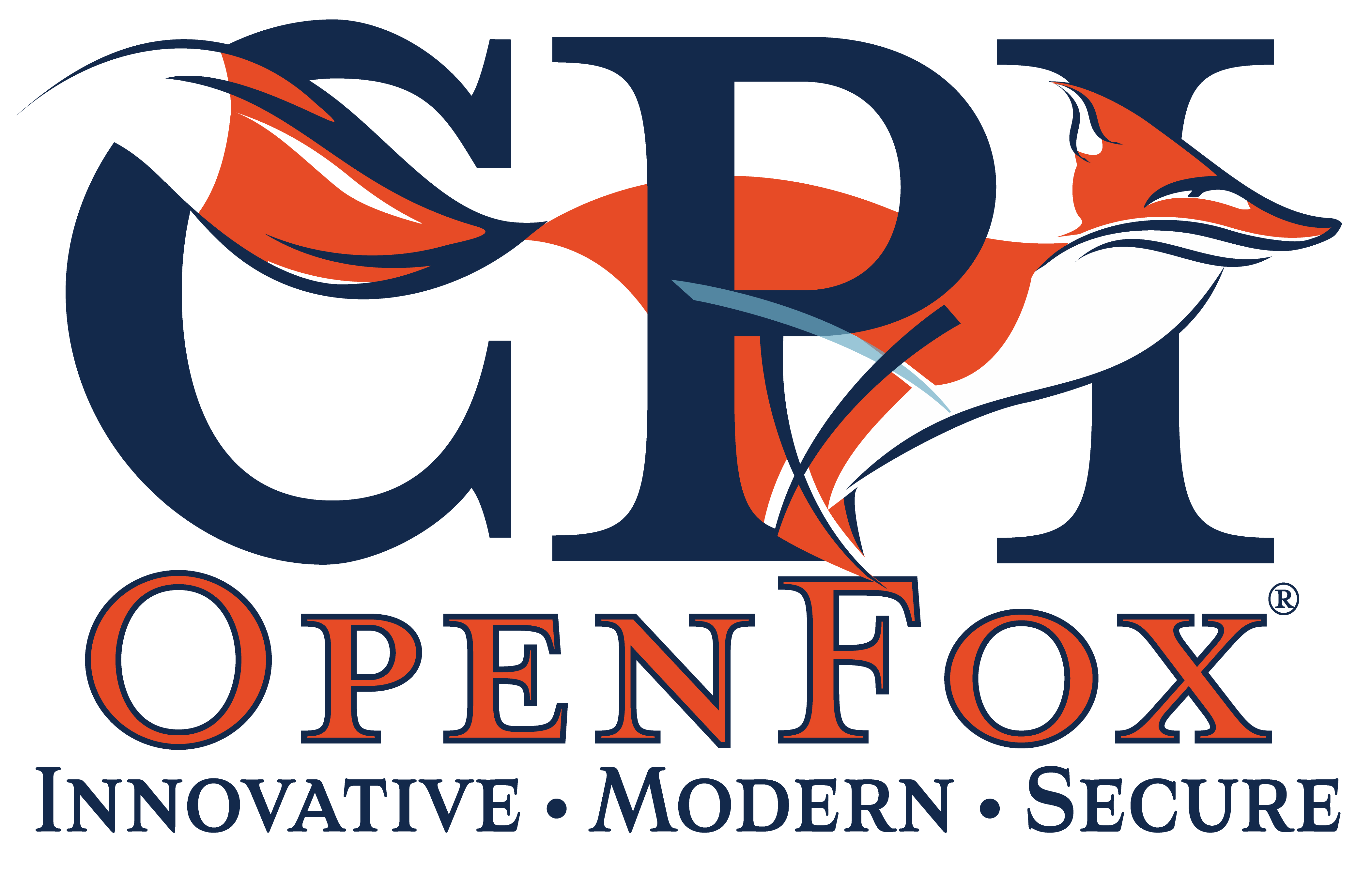Public safety organizations commonly rely on law enforcement software to aid in investigations, track cases and manage legal documentation. There are many types of law enforcement software that police departments and other agencies use daily, such as background check software, case management software, citation software, database software, investigation software and reporting software. With these technologies, law enforcement officials are better equipped to protect their communities from potential and confirmed threats.
Top Features to Look for in Law Enforcement Software
When comparing different types of law enforcement software, it is important to look at their key features and capabilities. Here is a look at some of the top features of effective law enforcement software:
1. Fast Report-Writing
![]() Integrating report-writing software into an existing CAD/RMS system helps streamline the report creation process. While some types of report writing software provide officers with a fixed data entry screen that is the same for all officers across the board, more innovative software features display entry fields that are relevant to the specific officer and incident. For example, if there is an incident where no vehicles were involved, the software tool would not provide data fields for describing involved vehicles.
Integrating report-writing software into an existing CAD/RMS system helps streamline the report creation process. While some types of report writing software provide officers with a fixed data entry screen that is the same for all officers across the board, more innovative software features display entry fields that are relevant to the specific officer and incident. For example, if there is an incident where no vehicles were involved, the software tool would not provide data fields for describing involved vehicles.
Fast report writing capabilities can save officers a significant amount of time when completing data entry. It can be specifically beneficial to new officers who may be new to report writing. Some agencies have dozens or even hundreds of report forms in their inventory. The right software prompts officers to complete the proper forms based on the type of incident. This can help accelerate the learning curve for new officers and make the overall process more efficient.
2. NIBRS-Certified Data Entry
Data flow is a wide spectrum, with crime analysts and managers on one end and field units and telecommunicators on the other. Data queries can be unpredictable, making it essential for end-users to be able to create queries as needed. With the FBI’s move to the National Incident-Based Reporting System (NIBRS) from the Uniform Crime Reports (UCR) in 2021, it has become even more important to have a proper interface in place for creating custom queries.
The main difference between NIBRS and UCR is that NIBRS allows multiple offenses to be contained in a single incident report, compared to documenting the most serious crimes under UCR and the Summary Reporting System. Proper law enforcement software enables officers to automatically gather data necessary for NIBRS. This helps to reduce the workload for crime analysts and managers and prevent documentation from becoming lost or overlooked.
3. Customizable Dashboard
Law enforcement software is often created with the needs of the majority in mind. This means the software developer creates a dashboard that is believed to be the most useful or efficient to the end-user. Unfortunately, the unique needs of law enforcement personnel are typically not considered when choosing dashboard designs and features.
Efficient law enforcement software should be based on authentic observations of how law enforcement officials work and what features would be useful both in the office and in the field. The software should be easily configurable and allow each user to create their workspace by arranging windows and choosing their custom preferences.
4. Dispatch Flexibility
With time, public safety telecommunicators learn to navigate their legacy CAD/RMS systems. It can be challenging and sometimes stressful to get used to new layouts and the flow of information within a particular system. It is common for these workers to want the flexibility to arrange items on their desktops to enhance their workflow.
Look for law enforcement software that offers a user-friendly layout that can be customized to suit the needs of the user. Users should have the option to choose from different information displays, such as geographical maps that pinpoint the location of law enforcement units, data entry forms for telephone reports and text messaging tools.
5. Cloud-Based Technology
 Cloud-based technologies have become increasingly common over the last several years, especially after the onset of COVID-19. To slow the spread of the virus, law enforcement officials had to support remote work that allowed dispatch to continue from any location. Cloud enables data to be stored online rather than on a local server.
Cloud-based technologies have become increasingly common over the last several years, especially after the onset of COVID-19. To slow the spread of the virus, law enforcement officials had to support remote work that allowed dispatch to continue from any location. Cloud enables data to be stored online rather than on a local server.
There are countless benefits when using cloud-based software, such as convenience, security and less dependence on computer resources. With a conventional server model, there is a higher risk of failure that could cause disaster, especially without an adequate backup. Cloud-based services help safeguard important police data.
Upgrade Your Law Enforcement Software With CPI OpenFox
Computer Projects of Illinois, Inc (CPI) has served the law enforcement industry for more than 30 years and is the only information-sharing solutions provider solely dedicated to law enforcement officials. To learn more about key features law enforcement software should have or to schedule a consultation with a software expert, reach out to the software professionals at CPI OpenFox today.


